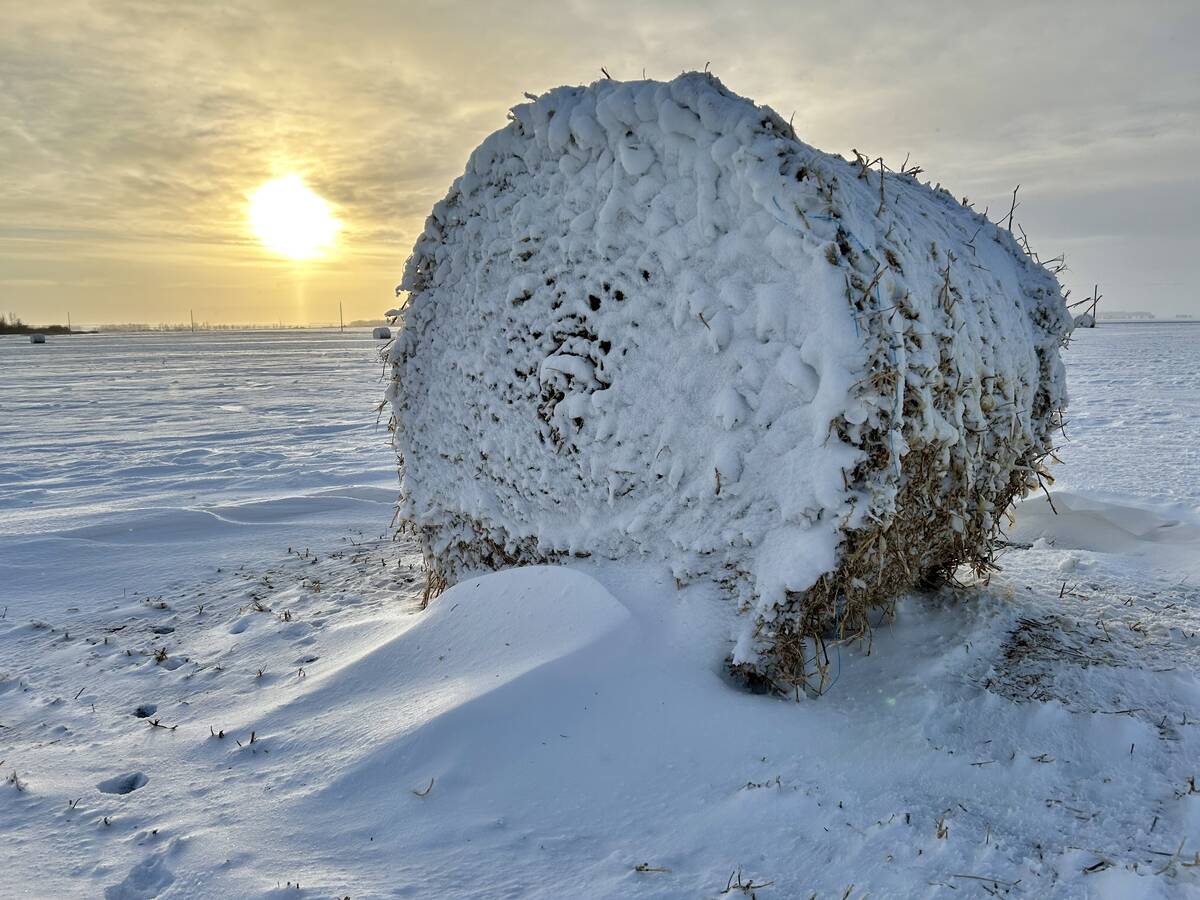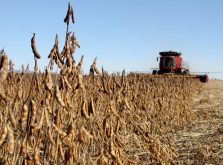Farmers who need to reduce the moisture content in their grain should steer clear of advice to run their aeration fans only at night, three grain-drying experts say after comparing different methods.
Chandra Singh and Ronald Larson of OPI Systems Inc., in Calgary and Digvir Jayas, the distinguished professor and Canada Research chair in stored grain ecosystems at the University of Manitoba say the “fan on only at night” strategy has been promoted at a number of farm meetings this year.
“My main concern is that if farmers start using that approach sooner or later someone will have spoiled grain because their moisture was too high and aeration alone will not do the drying,” Jayas said in an interview. “And then they’re going to say, ‘Why did no one warn me?’”
Read Also

Prairie winter snowfall forecast 2025-2026
How much snow should farmers in Alberta and elsewhere on the Canadian Prairies expect for the rest of December 2025 and into January-February 2026?
Farmers need to know the difference between aeration and grain drying.
“Grain is a biological material,” he said. “You need to understand many complex factors. We should not confuse aerating the grain with drying the grain. Those are two very different terms and have different objectives. Aeration is for cooling the grain and removing a little bit of moisture and drying is really what removes the moisture and requires optimization of many parameters.”
Ideally aeration fans should be turned on when the air being pushed through the grain removes moisture and turned off when the air adds moisture. Even then there are exceptions, since that approach can result in excess drying, especially of grain in the bottom of a bin. Since drier grain is lighter, there are fewer tonnes to sell.
The trick is knowing when the air can remove moisture and when it’s adding it.
Natural air drying is governed by the principle of equilibrium moisture content (EMC), which is the moisture content grain will attain if exposed to air at a specific relative humidity and temperature for a long enough period of time.
“If the EMC of the air delivered to the grain (plenum EMC), including fan and heater warming, is lower than the grain moisture content, moisture will be released from the grain to surrounding air (which results in) drying (the grain),” the paper says.
There are charts and other tools farmers can use to determine when aeration will remove or add moisture to their grain.
There are also automated systems that use in-bin sensors and a computer program to do the job.
Ideally farmers will calculate when to operate their fans, but rather than just guessing it’s better to leave them on, Jayas said. At times moisture will be added, but often the bottom layer of grain is overly dried. Continuously running the fan will result in more uniform moisture levels throughout the bin, he said.
For an aeration system to work, the right size of fan needs to be used, based on the moisture content of the grain, Jayas said. If the fan is undersized, one option is to put less grain in the bin.
“We found that the fan ‘on during night only’ control strategy gave very poor drying results in comparison to other control strategies, especially the inability to complete the drying cycle in the time required,” the research paper said.
The goal should be to complete grain drying by Nov. 15, he said, because by then the air is usually getting too cold to do much drying. Cold air holds less water vapour.
“A low temperature would help in keeping the grain safer, just like we put food in the fridge, but the challenge is if in the springtime you have not completed the drying then the top layer (of grain) will be wet, the temperature would increase and that’s where the spoilage would occur,” he said.














